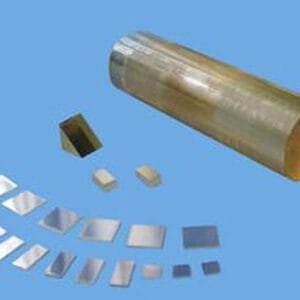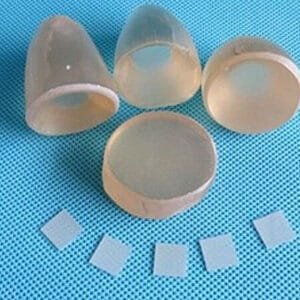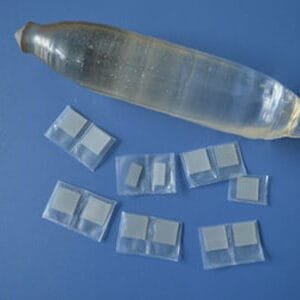Zirconia Ceramic Substrate
Zirconia ceramic substrates are high-performance materials known for their exceptional strength, wear resistance, and thermal stability. These substrates are primarily composed of zirconium dioxide (ZrO₂), which provides superior mechanical properties compared to other ceramic materials.
Key Features
High Strength and Toughness – Zirconia ceramics exhibit outstanding mechanical strength and fracture toughness, making them ideal for demanding applications.
Excellent Wear Resistance – The high hardness of zirconia ensures minimal wear and long service life in abrasive environments.
Thermal and Chemical Stability – These substrates can withstand high temperatures and resist corrosion from acids, alkalis, and harsh chemicals.
Low Thermal Conductivity – Unlike other ceramics, zirconia has low thermal conductivity, providing excellent insulation properties.
Electrical Insulation – With a high dielectric strength, zirconia ceramic substrates are widely used in electronic and semiconductor applications.
Applications
Electronics and Semiconductor – Used as insulating layers and heat-resistant components in electronic circuits.
Medical Devices – Utilized in dental implants, prosthetics, and surgical tools due to their biocompatibility.
Aerospace and Automotive – Applied in high-performance engine components, fuel cells, and sensors.
Industrial Machinery – Suitable for wear-resistant parts, cutting tools, and high-precision manufacturing processes.
Physical Properties of Zirconia Ceramic Substrate
| Property | Value |
|---|---|
| Material | ZrO₂ |
| Structure | Cubic |
| Density (g/cm³) | 6.27 |
| Sintering Temperature (℃) | 2370 |
Specifications
- Standard Size: 100 x 100 x 1.0 mm
- Customization: Sizes available upon request
- Polish Options: SSP or DSP
Zirconia ceramic substrates are ideal for applications requiring high durability, thermal stability, and reliable performance under extreme conditions.





Reviews
There are no reviews yet.